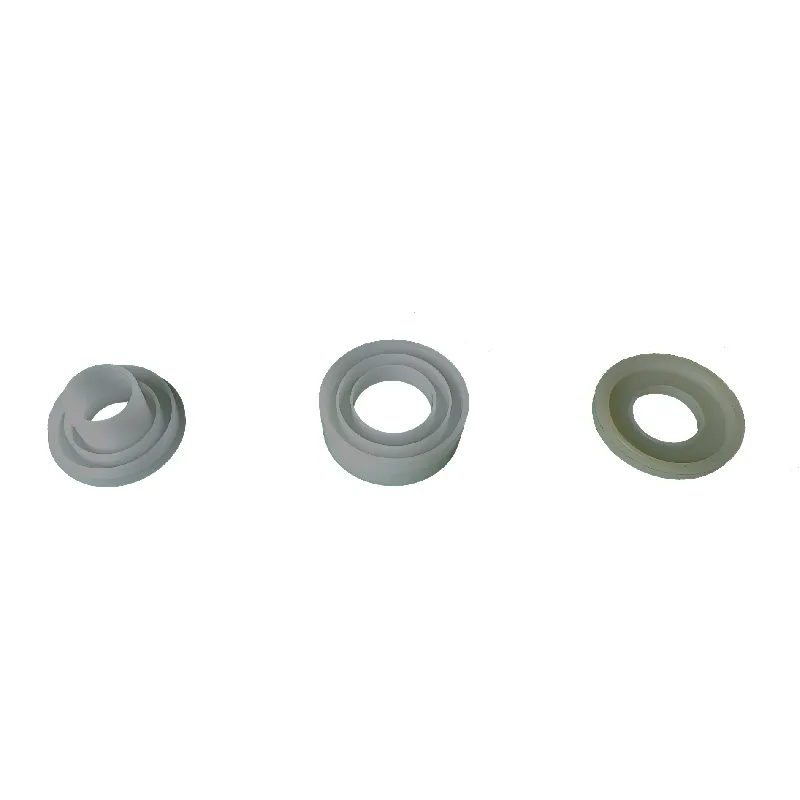 Afrikaans
Afrikaans  Albanian
Albanian  Amharic
Amharic  Arabic
Arabic  Armenian
Armenian  Azerbaijani
Azerbaijani  Basque
Basque  Belarusian
Belarusian  Bengali
Bengali  Bosnian
Bosnian  Bulgarian
Bulgarian  Catalan
Catalan  Cebuano
Cebuano  Corsican
Corsican  Croatian
Croatian  Czech
Czech  Danish
Danish  Dutch
Dutch  English
English  Esperanto
Esperanto  Estonian
Estonian  Finnish
Finnish  French
French  Frisian
Frisian  Galician
Galician  Georgian
Georgian  German
German  Greek
Greek  Gujarati
Gujarati  Haitian Creole
Haitian Creole  hausa
hausa  hawaiian
hawaiian  Hebrew
Hebrew  Hindi
Hindi  Miao
Miao  Hungarian
Hungarian  Icelandic
Icelandic  igbo
igbo  Indonesian
Indonesian  irish
irish  Italian
Italian  Japanese
Japanese  Javanese
Javanese  Kannada
Kannada  kazakh
kazakh  Khmer
Khmer  Rwandese
Rwandese  Korean
Korean  Kurdish
Kurdish  Kyrgyz
Kyrgyz  Lao
Lao  Latin
Latin  Latvian
Latvian  Lithuanian
Lithuanian  Luxembourgish
Luxembourgish  Macedonian
Macedonian  Malgashi
Malgashi  Malay
Malay  Malayalam
Malayalam  Maltese
Maltese  Maori
Maori  Marathi
Marathi  Mongolian
Mongolian  Myanmar
Myanmar  Nepali
Nepali  Norwegian
Norwegian  Norwegian
Norwegian  Occitan
Occitan  Pashto
Pashto  Persian
Persian  Polish
Polish  Portuguese
Portuguese  Punjabi
Punjabi  Romanian
Romanian  Russian
Russian  Samoan
Samoan  Scottish Gaelic
Scottish Gaelic  Serbian
Serbian  Sesotho
Sesotho  Shona
Shona  Sindhi
Sindhi  Sinhala
Sinhala  Slovak
Slovak  Slovenian
Slovenian  Somali
Somali  Spanish
Spanish  Sundanese
Sundanese  Swahili
Swahili  Swedish
Swedish  Tagalog
Tagalog  Tajik
Tajik  Tamil
Tamil  Tatar
Tatar  Telugu
Telugu  Thai
Thai  Turkish
Turkish  Turkmen
Turkmen  Ukrainian
Ukrainian  Urdu
Urdu  Uighur
Uighur  Uzbek
Uzbek  Vietnamese
Vietnamese  Welsh
Welsh  Bantu
Bantu  Yiddish
Yiddish  Yoruba
Yoruba  Zulu
Zulu conveyor idler roller design
Conveyor Idler Roller Design Key Principles and Innovations
Conveyor systems are integral to many industries, such as mining, manufacturing, and logistics. Among the vital components of these systems, idler rollers play a crucial role in ensuring the efficiency and reliability of material handling processes. The design of conveyor idler rollers is not just about functionality; it also encompasses considerations of durability, maintenance, and cost-effectiveness. This article delves into the key principles of idler roller design and explores recent innovations that enhance performance.
Understanding Idler Rollers
Idler rollers are cylindrical components that are employed to support and guide the conveyor belt as it carries materials from one point to another. They help in the even distribution of loads and reduce friction between the belt and the underlying structure. Typically placed at strategic intervals along the conveyor system, idler rollers can significantly influence the overall performance and longevity of a conveyor system.
Design Considerations
The design of an effective idler roller involves various critical factors
1. Material Selection The materials used in idler rollers directly affect their durability and performance. Common materials include steel and plastic, with steel being favored for heavy-duty applications due to its strength. Recent advancements in polymer materials have also led to lightweight, corrosion-resistant options that provide excellent wear resistance.
2. Roller Diameter and Width The dimensions of the rollers are essential for accommodating different types of materials and conveyor belt sizes. Larger diameters can reduce friction and wear on the belt, while appropriately sized widths help ensure material stability and minimize spillage.
3. Bearing Type The choice of bearings is crucial for smooth rotation and minimal resistance. Sealed bearings provide enhanced lifespan in dusty or wet environments, reducing maintenance frequency and costs.
4. Alignment and Spacing Proper alignment and spacing of idler rollers are vital to ensure that the conveyor belt runs smoothly without snags or deviations. Misalignment can lead to increased wear, reduced efficiency, and, ultimately, costly downtime.
conveyor idler roller design

5. Load Capacity The rollers must be designed to handle the maximum load expected during operation. Analyzing the dynamic loads and material weight is essential for determining the appropriate specifications.
Innovations in Idler Roller Design
Recent advancements in technology have paved the way for innovative idler roller designs, enhancing performance, efficiency, and sustainability. Some notable trends include
- Self-Adjusting Rollers These rollers automatically adjust their position to maintain the correct alignment of the conveyor belt, significantly reducing wear and improving operational efficiency.
- Modular Designs Modular idler systems allow for easy replacement of individual components. This design flexibility not only simplifies maintenance but also enables customization according to specific operational requirements.
- Smart Technology Integration The incorporation of sensors into idler rollers can provide real-time data on operational performance, enabling predictive maintenance and reducing downtime. This technology helps operators anticipate failures before they occur, optimizing the overall efficiency of the conveyor system.
- Eco-Friendly Materials With the increasing focus on sustainability, manufacturers are exploring eco-friendly materials and coatings that reduce environmental impact without compromising performance.
Conclusion
The design of conveyor idler rollers is a complex yet critical aspect of conveyor system performance. By focusing on material selection, dimensional specifications, and integrating modern innovations, manufacturers can develop idler rollers that not only meet the current demands of various industries but also prepare for future challenges. As technology continues to evolve, the potential for improved efficiency and sustainability in conveyor systems will become increasingly attainable, benefiting both manufacturers and consumers alike.
-
Revolutionizing Conveyor Reliability with Advanced Rubber Lagging PulleysNewsJul.22,2025
-
Powering Precision and Durability with Expert Manufacturers of Conveyor ComponentsNewsJul.22,2025
-
Optimizing Conveyor Systems with Advanced Conveyor AccessoriesNewsJul.22,2025
-
Maximize Conveyor Efficiency with Quality Conveyor Idler PulleysNewsJul.22,2025
-
Future-Proof Your Conveyor System with High-Performance Polyurethane RollerNewsJul.22,2025
-
Driving Efficiency Forward with Quality Idlers and RollersNewsJul.22,2025





























